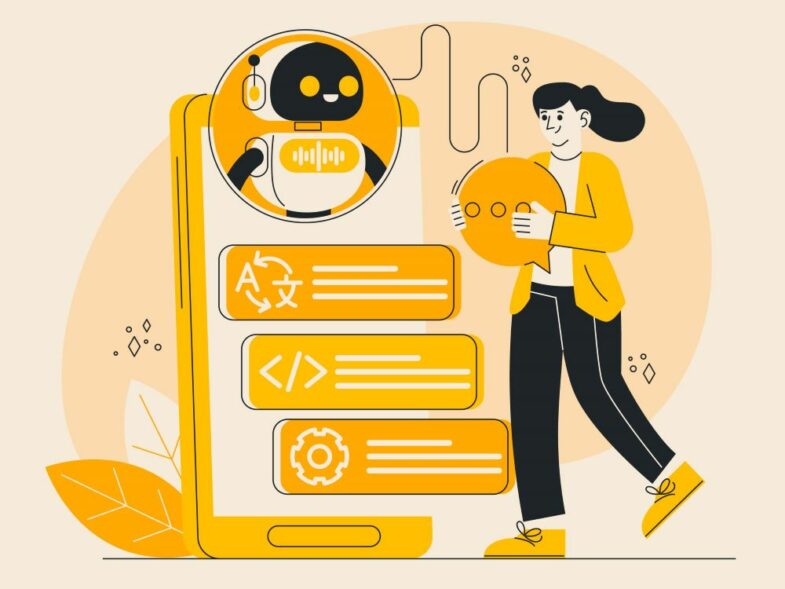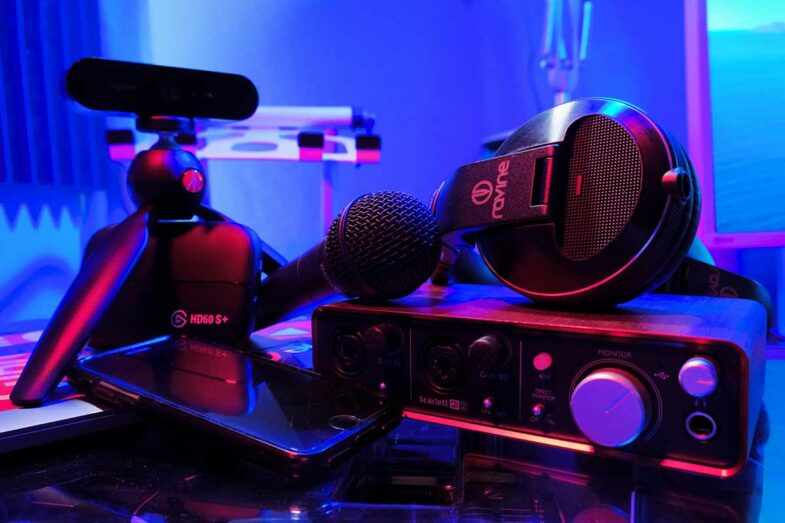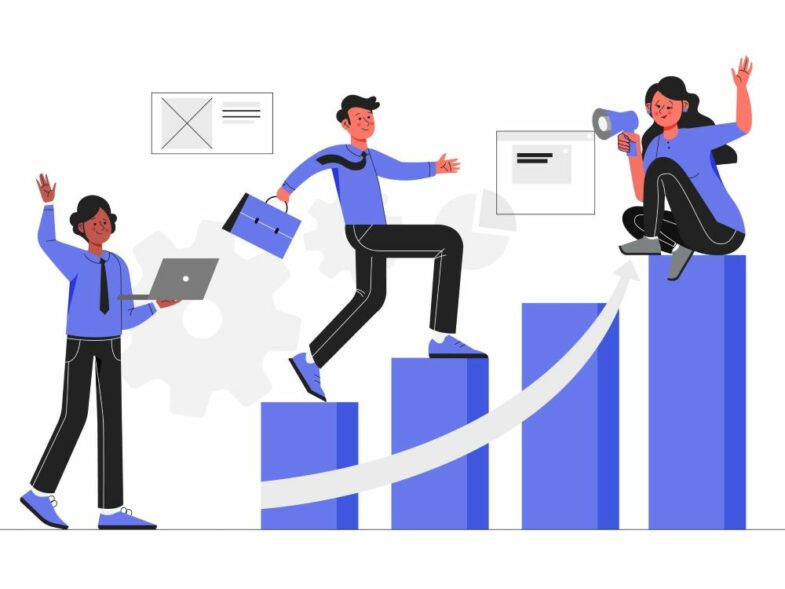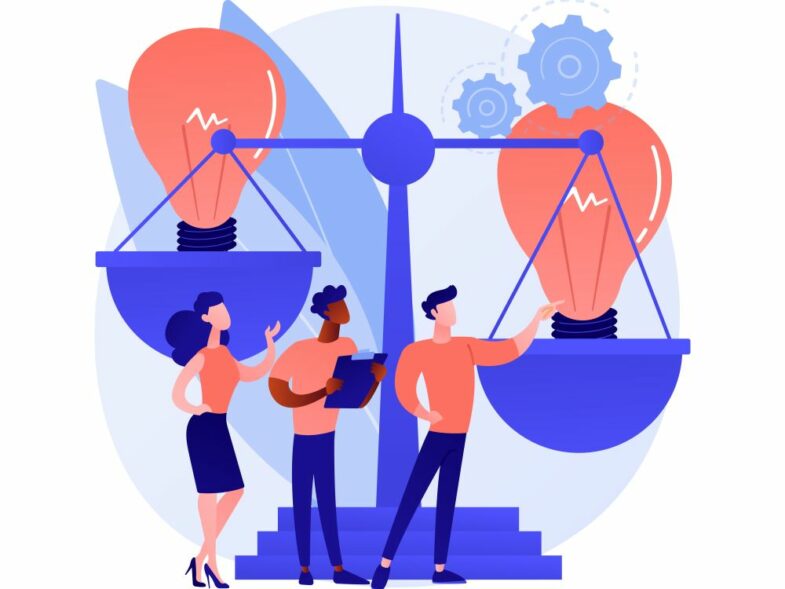The AI boom is no longer a future trend—it’s today’s reality. From automating customer service to revolutionizing content creation, artificial intelligence is transforming how we live, work, and interact. What began as experimental research decades ago has now become a full-scale shift across industries. Businesses are rapidly integrating AI to stay competitive, efficient, and relevant.
At the heart of this transformation are intelligent tools like the virtual AI agent, which now handle everything from sales support to 24/7 client engagement. But how did we get here? This article breaks down the key moments in the timeline of AI, the real-world impact of this boom, and where it’s headed next.
What Is the AI Boom?
Definition of the AI boom
The AI boom refers to the rapid acceleration in artificial intelligence development and adoption that began in the late 2010s and exploded into mainstream use by the early 2020s. It marks a period where AI shifted from experimental labs into practical tools used by billions.
Why it matters for tech, business, and daily life
The AI boom matters because it’s changing everything—from how companies optimize operations to how individuals search, shop, and communicate. AI now drives automation, personalization, analytics, and even creativity. Tools like the virtual AI agent streamline support, boost sales, and enhance user experience—turning AI into a business necessity, not a luxury.
Timeline of AI: From Invention to Boom
1950s: Who discovered AI?
The artificial intelligence timeline begins in the 1950s. Alan Turing posed the question, “Can machines think?” while John McCarthy—who coined the term “artificial intelligence”—organized the Dartmouth Conference in 1956. This event marked the official start of AI as a field.
2012: Deep learning breakthrough
In 2012, a University of Toronto team led by Geoffrey Hinton revolutionized computer vision with deep learning. Their ImageNet success dropped error rates dramatically and sparked widespread interest in neural networks, setting the stage for the AI boom.
2022+: When did AI become mainstream?
When did AI become mainstream? Most experts point to 2022, when tools like ChatGPT, DALL·E, and Stable Diffusion reached public hands. Suddenly, AI could write, draw, code, and converse. This marked the start of mass adoption—and the point where the AI boom became a global phenomenon.
What’s Driving the AI Boom Today?
GPUs, big data, transformer models
The current AI boom is fueled by technical breakthroughs—especially the rise of GPUs for fast computation, the availability of massive datasets, and the invention of transformer-based models like GPT. These technologies allow AI to train faster and perform more human-like tasks than ever before.
OpenAI, Google, Meta
Major players like OpenAI, Google, and Meta are leading the charge. OpenAI’s GPT models and Google’s Gemini are setting new benchmarks for performance and usability, while Meta pushes open-source models to democratize access. Their rivalry accelerates the pace of innovation.
Business adoption and global competition
Enterprises are deploying AI across every industry—healthcare, finance, ecommerce, and education. The AI boom is also a geopolitical race: countries like the U.S. and China are investing heavily to secure dominance in this transformative technology.
Impact of the AI Boom on Business
SaaS, automation, customer service
AI is revolutionizing SaaS platforms, automating routine processes, and reshaping customer service. From chatbots to predictive analytics, businesses are using AI to reduce costs and improve user experience.
Role of tools like virtual AI agents
AI tools like the virtual AI agent now handle customer support, onboarding, and even lead qualification—offering 24/7 service without human fatigue. These agents scale easily, helping businesses stay competitive in a saturated market.
Boost in efficiency, but job disruption too
The AI boom improves efficiency, but not without cost. Automation displaces some roles, especially in repetitive or clerical fields. Businesses must navigate the balance between productivity gains and ethical workforce transitions.
What’s Next After the AI Boom?
AGI, brain-computer interfaces
As the AI boom matures, the focus is shifting toward artificial general intelligence (AGI) and cutting-edge innovations like brain-computer interfaces. These technologies promise to blur the line between human cognition and machine performance—raising both excitement and ethical concern.
Will AI replace humans—or enhance us?
The question isn’t just can AI replace humans, but should it? In many sectors, AI is better positioned as a collaborator. Startups like eSelf don’t eliminate jobs—they enhance human roles, allowing people to focus on strategy, empathy, and creativity.
Responsible adoption and oversight
The future depends on thoughtful implementation. Businesses and governments must adopt AI with transparency, clear oversight, and strong data governance to ensure innovation doesn’t outpace accountability.
Final Thought: Make AI Work for You
AI isn’t a silver bullet—it’s a tool. Choose applications that solve real problems, not just follow hype. Adoption without strategy leads to cost without ROI. Whether you’re scaling a startup or optimizing enterprise workflows, the key is selective integration. Use AI to build value, not noise—and let your tools work for your goals, not against your brand trust.
